I present to you short descriptions of projects that I have worked or working on. Some are part of the wider research that I conduct at the university, while others I develop in business. There are also those that I designed on a special order - now they are practically used in various places. For more information or to order a solution - please contact me! It is possible to implement projects on individual order.
Some projects
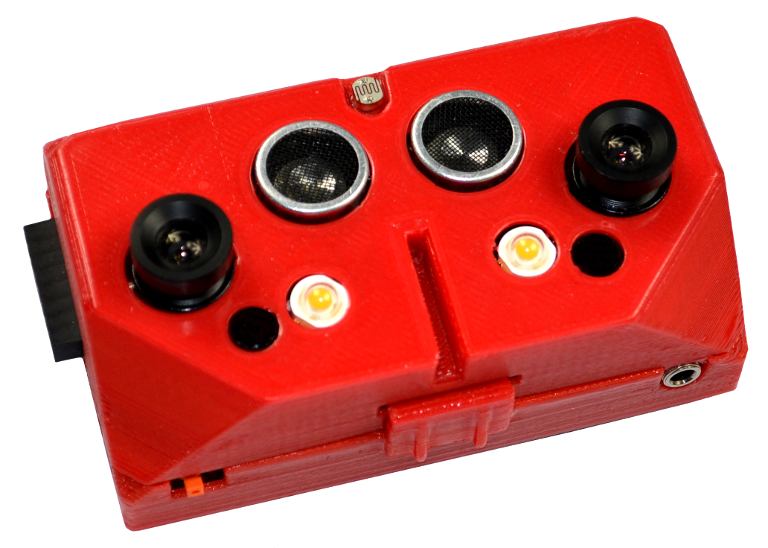
MATIA - multisensory optic system for the blind (Artificial Intelligence)
Have you ever thought how it is to be blind? Do you know that almost 80% of information from the outside world come to us through our eyes. Including 63 thousand Polish citizens more than 45 mln people in the world live without eyes. There is more and more visually impaired people and that is the problem we would like to solve.
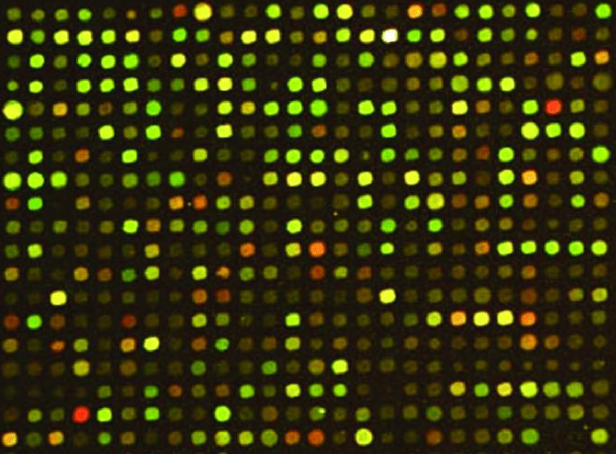
Classification of microarray data with DL
The purpose of this research was to use TensorFlow to classify numerical data, specifically microarray data. The project answered the question of what effect applying deep learning techniques to the problem of classifying microarray data would have. The project looked for a solution to the problem related to the amount of data (small number of objects - from tens to hundreds compared to the number of genes), tried to find the most optimal architecture of artificial neural network, conducted experiments and inference.
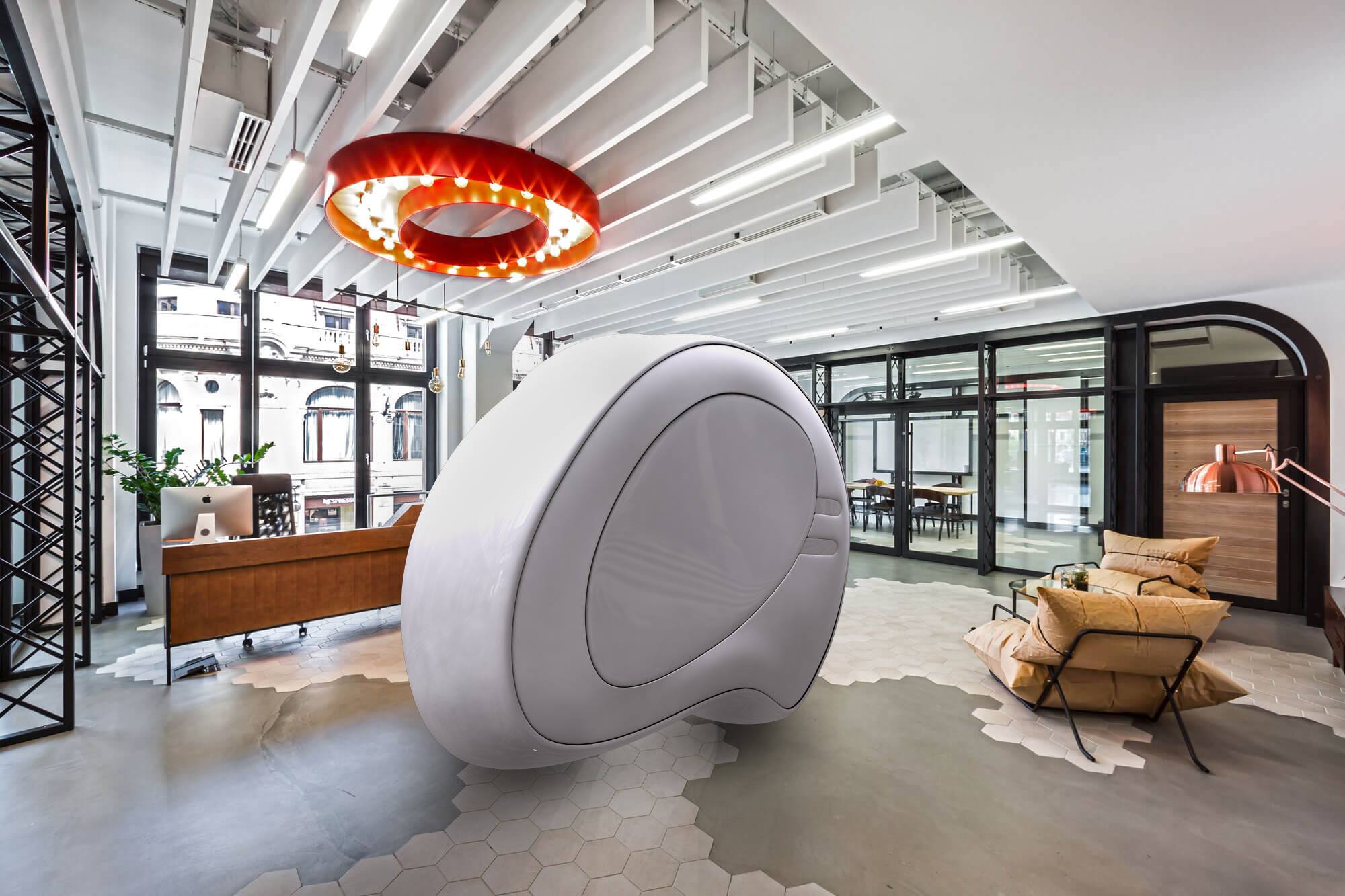
Therapeutic booths with chatbots
The project is the result of my cooperation with GlobalXSolutions. The final product will be a booth equipped with electronics and software for reducing our stress levels. We received a grant from the European Funds for the project. More: http://quiet.com.pl/

Social robot
Anthropomorphic social robot - modern human-computer interface. The robot is a physical avatar for the chatbot program and voice imitator. The combination of robot components with a chatbot and voice imitator makes the avatar hear what we ask it about and respond in Polish, generating the tone of voice and the way of speaking of the chosen person. The camera mounted in the robot allows to recognize objects in the environment. The robot is a contribution to the next generation of social robots that I work on. The robot bust can be used in places and situations where contact with other people is needed - in museums, galleries, concerts... After uploading mindfiles, the avatar can represent our behavior in the future, so that, for example, our grandchildren will see what we were like in the past.
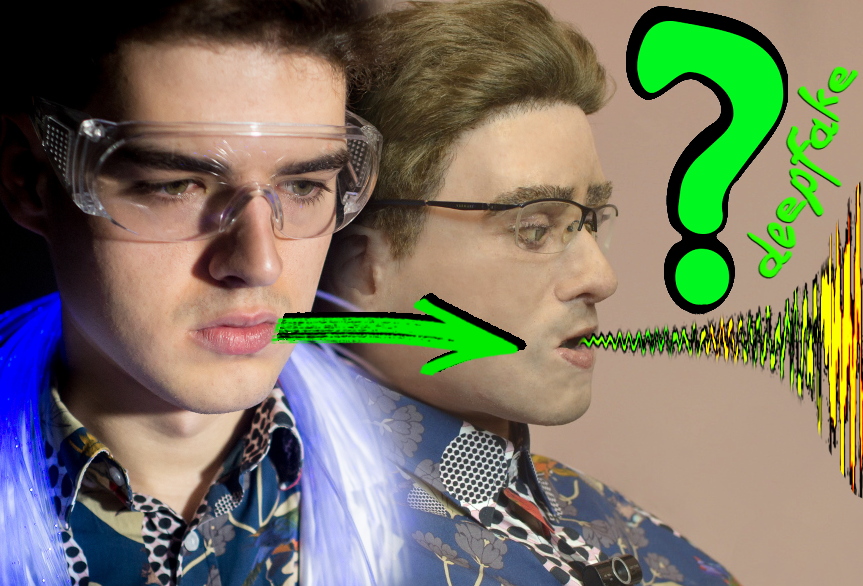
Voice imitator - deepfake. Speech synthesis in Polish language using convolutional neural networks
The program allows you to generate (imitate) the speech of the selected person. The speech synthesizer is based on deep convolutional neural networks. A Polish-language database of over 12,000 text-sound pairs was prepared, with a total duration of almost 20 hours. This served to train the neural network - the program learned the sound of my voice and can be used to express any issues with my voice (of course also other than those that were in the training set). The generated voice is then processed by digital filters.
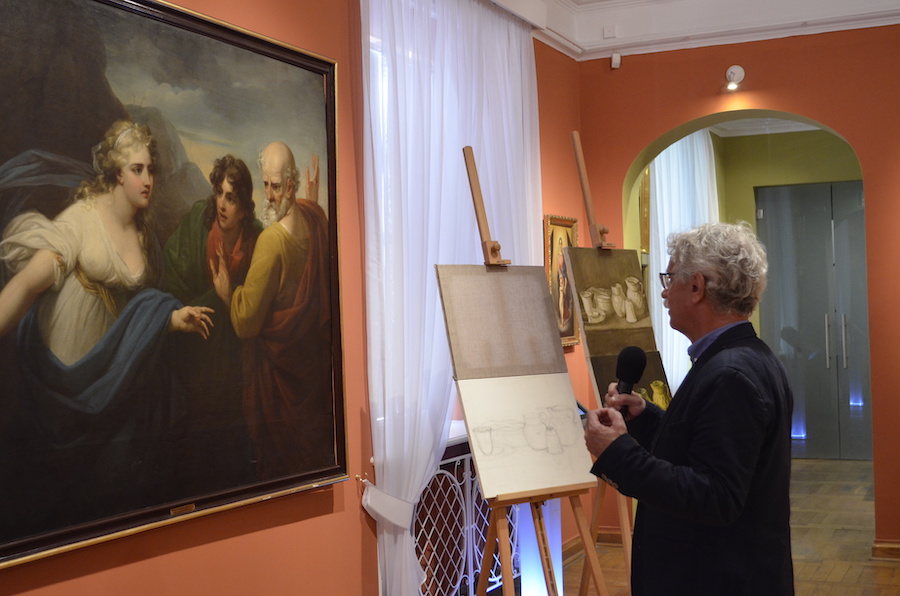
Audiodescription in cultural institutions. System MATIA 2
The aim of the project is to create a system for blind people, used to recognize and describe works of art in various cultural institutions. It is based on a special application launched on your smartphone and can additionally help you navigate the building. The MATIA 2 system is the next version of the MATIA project.
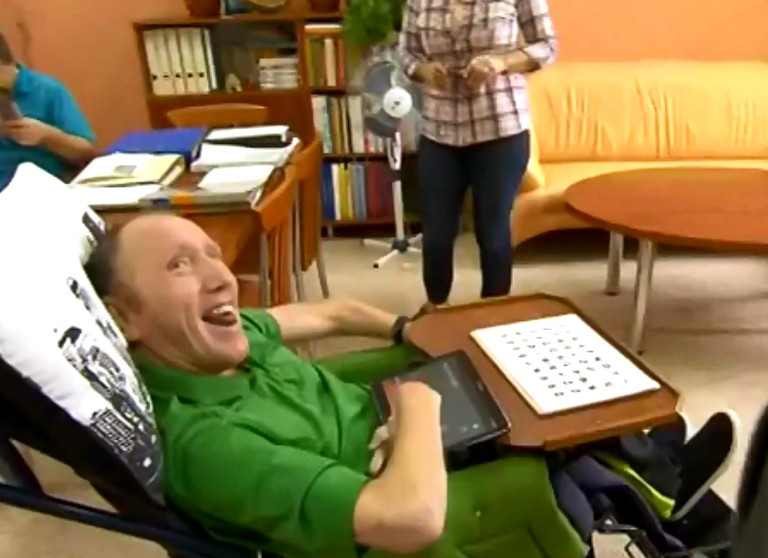
Speech synthesizer for the mobility impaired
The project is a specially adapted tablet with software that allows people with mobility disabilities to communicate with the world. The application uses artificial intelligence to generate speech based on a set of symbols chosen by the user. Symbols are selected using a touch screen or external Bluetooth device to facilitate information entry for people with various disabilities. The project was implemented in the Social Assistance Center in Białystok and was tested on people with partial and complete physical disabilities and on people with ASD.
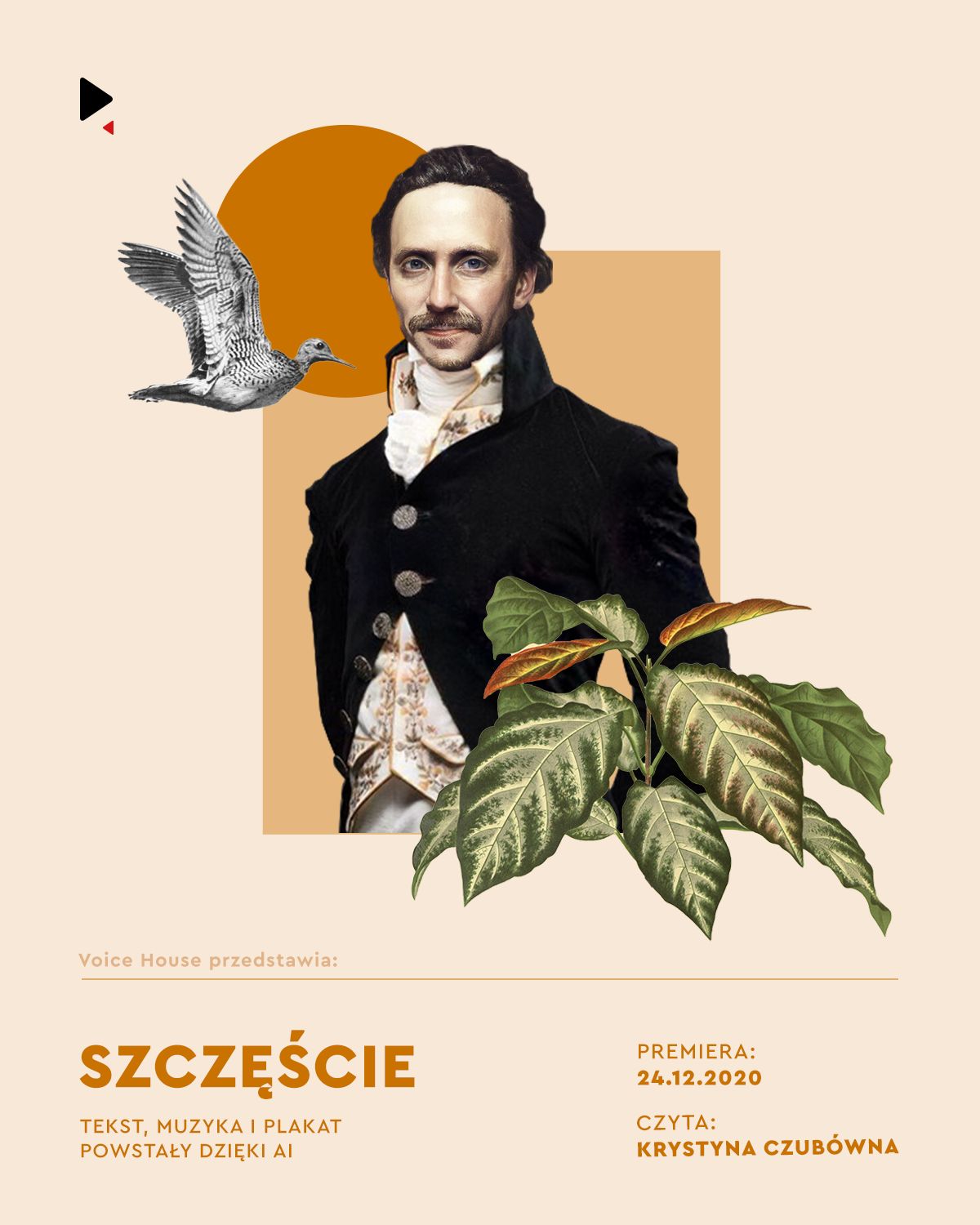
Use of deep learning to compose music and theater play (generative art)
The project was aimed at developing and testing various models of artificial neural networks (including various configurations of MLP, LSTM, CNN, seq2seq, Transformers, GPT-2, GPT-3 networks) to generate: music, including text and vocals, theater scenario based on selected literary works, as well as pictures or animations illustrating art. Below is a short example of a fragment of the generated art based on the works of Shakespeare and Mickiewicz and a link to a radio play created by AI.
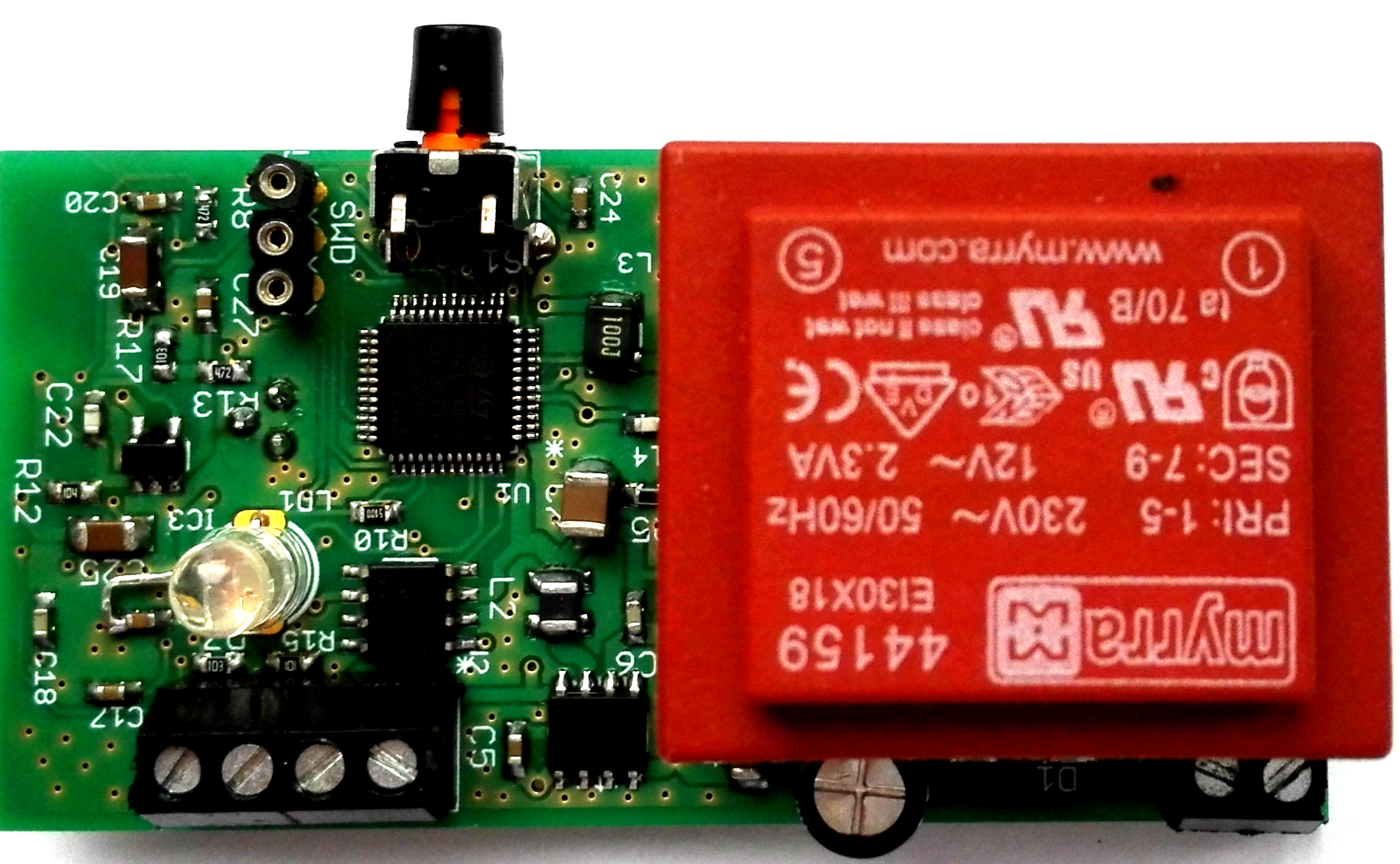
Syskevi project - predictive maintenance
It is a prototype of the device used to increase the productivity of an enterprise using induction motors. The solution is based on multidimensional engine monitoring and advanced data analysis.
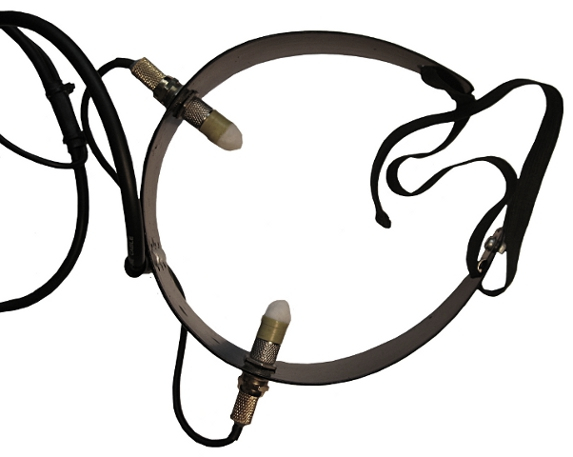
Controlling electrical devices using the brainwave
The system "Controlling electrical devices using the brainwave" allows you to control devices by consciously controlling user's state of mind. The solution is dedicated to e.g. paralyzed people with healthy sight and hearing organs. I was created it in middle school in 2012.
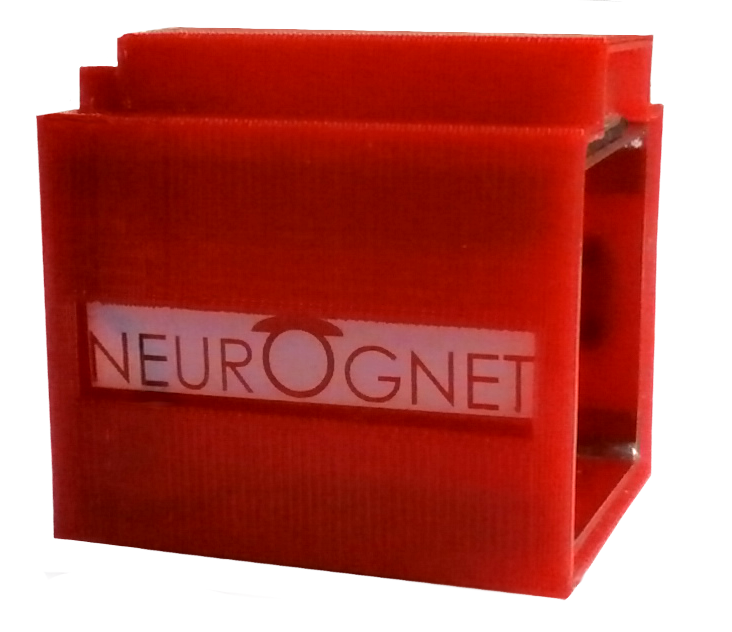
Neurognet - electronic ring
With the help of this electronic ring, by performing various gestures, you can remotely control virtually all electronic devices in the home, car and other places. Through the use of algorithms that generate human speech and handwriting recognition, the ring enables us optimal use of mobile phones by blind people. The ring works with smartphones and tablets.
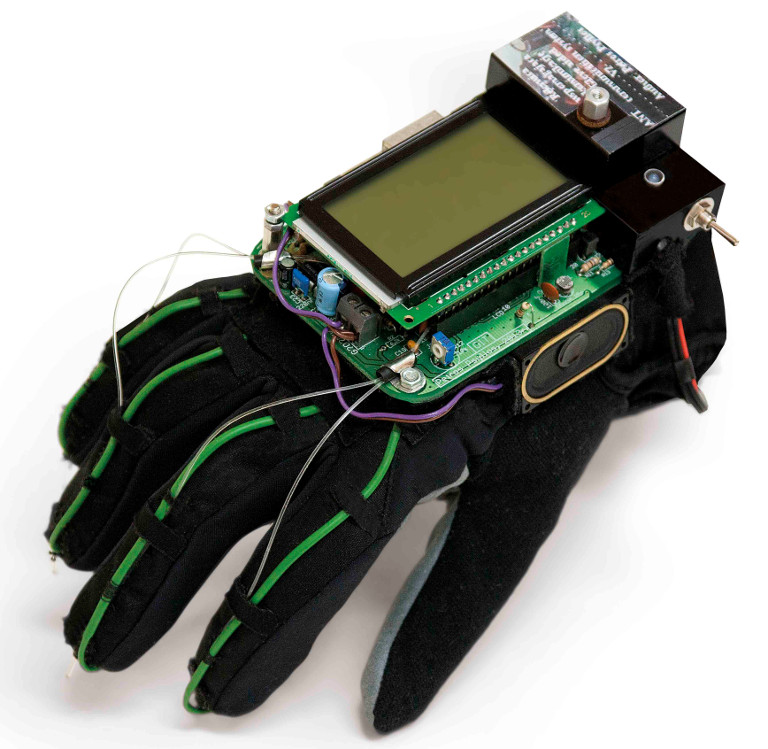
The glove supporting communication (talking glove)
‘The glove supporting communication’ is an circuit, which I created in middle school in 2013. It gives potentially endless opportunities. It was designed to help the disabled – the mute and others who have problems with verbal communication. By using the device the individuals can communicate acoustically with the outside world.
